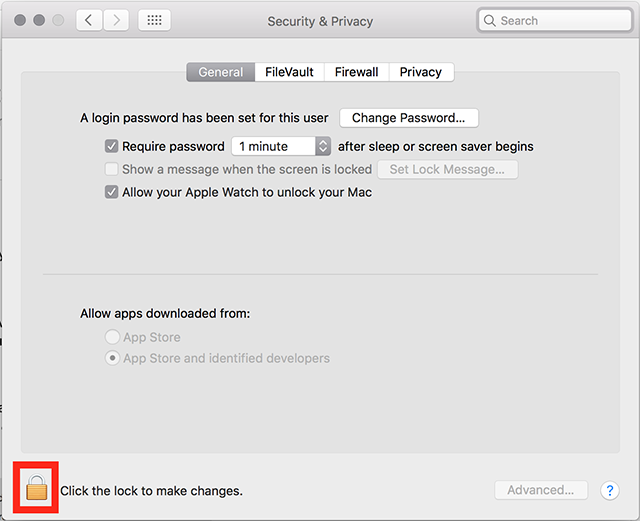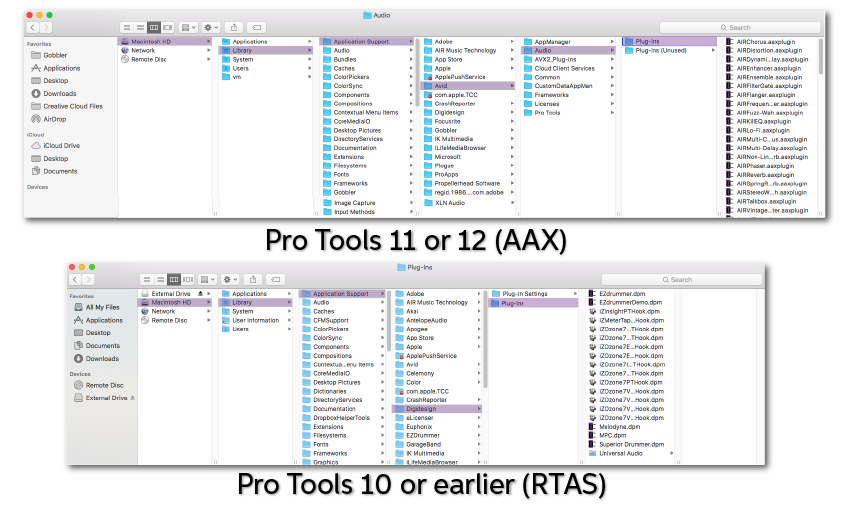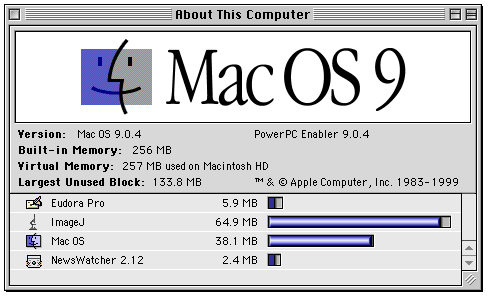Adobe Flash Player is a plugin that allows browsers such as Firefox to display Flash media on web pages. Flash is often used for animations, videos and games. This article explains how to install Flash.
- (Mac OS) Some third-party plug-in installers incorrectly install their plug-ins into the Mac OS X Package for After Effects. To reveal these plug-ins, Control-click the After Effects application icon in the Finder and choose Show Package Contents. You can then move the plug-ins into the After Effects Plug-ins folder.
- Avoid using the AU and VST versions of the same plug-in in a Live set. How to install VST or AU plug-ins on Mac. Download the latest installer file from the plug-in manufacturer's website and run it. Most plug-ins will install themselves to the default system folders, others might simply need to be moved to the correct folder.
Install the Zoom Microsoft Outlook Plugin from Zoom 64-bit PC or Mac (the Outlook plugin is an 64-bit application; if you're using a 32-bit system, consider using the Office 365 Add-In ).macOS 10.15 Catalina does not support plug-ins, including the Microsoft Outlook Plugin for Zoom. Customize your browsing experience by getting Safari extensions from the Mac App Store. Get extensions to customize Safari on Mac. To browse the Safari User Guide, click Table of Contents at the top of the page. If you need more help, visit the Safari Support website. Safari User Guide.
When you visit a webpage that uses Flash and the plugin is missing, you will see the message 'A plugin is needed to display this content' for parts of the page that require Flash (if at all):


Follow the steps below to install the latest Flash Player plugin.
Table of Contents
Install Flash Plug In Mac
- Go to Adobe's Flash Player download page and download the Flash installer. Caution: Adobe's download page may include a checkbox for optional software (such as Google Chrome or McAfee Security Scan) that is selected by default. If you do not clear the checkbox before downloading, that software will be installed on your computer when you open the Flash installer.
- When the download has finished, close Firefox. Click the Firefox menu and select Exit.Click the Firefox menu at the top of the screen and select Quit Firefox.Click the Firefox menu and select Quit.
- Open the Flash installer file you downloaded and follow the instructions.
- Go to Adobe's Flash Player download page and download the Flash installer.
- Click the Firefox menu and select Exit.Click the Firefox menu at the top of the screen and select Quit Firefox.Click the Firefox menu and select Quit.
- Open the file you downloaded (i.e. install_flash_player_osx_intel.dmg).
- In the Finder, open the Install Adobe Flash Player.app to run the installer, then follow the installer's instructions.
- Go to Adobe's Flash Player download page.
- When prompted, save the file (i.e. install_flash_player_'version'_linux.'processor'.tar.gz).
- Click the Firefox menu and select Exit.Click the Firefox menu at the top of the screen and select Quit Firefox.Click the Firefox menu and select Quit.
- Open a Terminal window (in Gnome, click on the Applications menu, select Accessories, and then select Terminal.)
- In the Terminal window, change to the directory where you saved the file you downloaded (e.g. cd /home/user/Downloads).
- Extract libflashplayer.so from the file you downloaded with the command tar -zxvf install_flash_player_'version'_linux.'processor'.tar.gz.
- As the super user, copy the extracted file, libflashplayer.so, to your Firefox installation directory's plugins sub-directory. For example, if Firefox is installed in /usr/lib/mozilla, use the command sudo cp libflashplayer.so /usr/lib/mozilla/plugins and then enter your super user password when prompted.
The latest version of the Flash plugin should perform better and crash less often. To check if Flash is up to date, visit Adobe's Flash Player Help page. If it says that Flash needs to be updated, install the latest version manually using the steps in the section above.
Install Silverlight Plug In For Mac
See Flash Plugin - Keep it up to date and troubleshoot problems for steps to troubleshoot the Flash plugin.



Download Plug In For Mac
Before you start, check the version of Safari running on your Mac. To display the version number, choose Safari > About Safari.
- If your Safari version is 11.0 or later, follow the steps in For Mac OS X 10.11, macOS 10.12, and later.
- If your Safari version is 10.0 or later, follow the steps in For Mac OS X 10.10.
Install Plug In After Effects Mac
Note:
Apple Safari version 14, released for macOS in September 2020, will no longer load Adobe Flash Player or play Flash content. Please visit Apple’s Safari support for more information.
Click the Websites tab and scroll down to the Plug-ins section. Locate the Adobe Flash Player entry.
Select a setting to use for Flash Player when you visit other websites.
You can configure Flash for individual websites (domains). Select a website listed in this window, and choose Ask, Off, or On.
Exit Preferences after you finish configuring Flash Player.
Install Plugins Macvim
Note:
If you are viewing Safari in full-screen mode, mouse over the top of the browser screen to see the menu.
Click the Security tab. Ensure that Enable JavaScript and Allow Plug-ins are selected. Click Plug-in Settings.
From the When visiting other websites menu, choose On, and then click Done.
